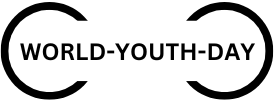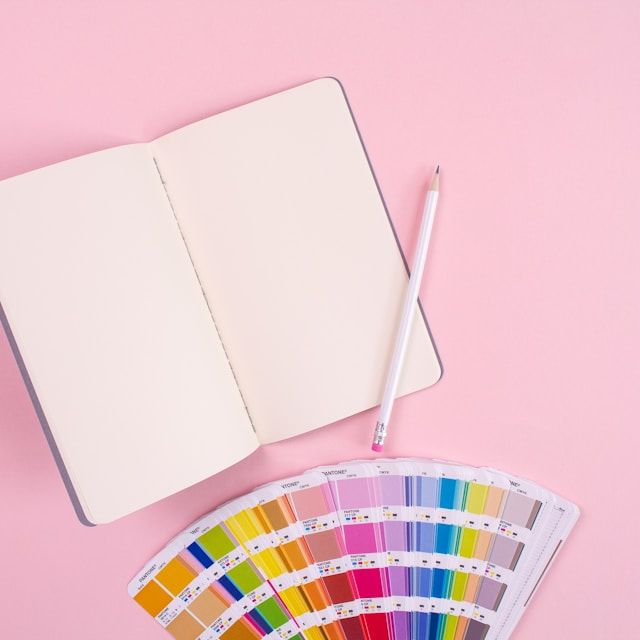Future Trends in Graphic Design
The world of graphic design is constantly evolving. As technology advances and consumer preferences shift, designers must adapt to new trends to stay relevant. Looking ahead, several key trends are shaping the future of graphic design, blending creativity with technological innovation. In this article, we will explore the top future trends in graphic design that are expected to have a significant impact on the industry.
3D Design and Realism
3D design is becoming increasingly popular in graphic design. It brings a sense of depth and realism to visuals that traditional 2D designs can’t match. As software and hardware technology continue to advance, 3D design tools are more accessible than ever before.
In the future, 3D design will be used not only for product designs and illustrations but also for websites, apps, and branding. Designers are already experimenting with 3D typography, dynamic textures, and realistic environments that create a more immersive experience for users. Expect to see even more refined, hyper-realistic visuals in marketing, entertainment, and advertising.
Augmented Reality (AR) and Virtual Reality (VR)
As AR and VR technology become more mainstream, they are making their way into the graphic design world. Brands are beginning to use AR to engage users by allowing them to interact with digital elements in the real world, such as virtual try-ons or immersive experiences.
In the coming years, AR and VR casino will offer new ways to interact with graphic design. Designers will create interfaces and experiences that integrate the physical and digital worlds. This could revolutionize how brands communicate with their audiences, offering more engaging and personalized experiences.
Minimalism with Bold Statements
Minimalism has been a consistent trend in graphic design, but it’s evolving. The future of minimalism focuses on simplicity while making bold, impactful statements. Designers are opting for clean, uncluttered designs paired with vibrant colors, large typography, and strong messaging. This approach allows brands to stand out in a crowded digital space while maintaining an elegant, easy-to-navigate visual presence.
Expect minimalism to continue being a driving force in the design world, but with more emphasis on contrast and eye-catching elements. Brands are increasingly seeking to balance simplicity with a striking visual identity that leaves a lasting impression.
Animated and Motion Graphics
Static designs are giving way to motion graphics and animations, which bring designs to life. As video content continues to dominate the internet, motion graphics are becoming a staple in web design, social media, and advertising. These dynamic visuals capture attention and convey messages more effectively than static images.
In the future, motion graphics will be more widely used in branding, user interfaces, and digital marketing. From animated logos to interactive web elements, these designs will make content more engaging and memorable. Motion graphics will also play a major role in storytelling, helping brands communicate complex ideas in an easily digestible format.
Responsive and Adaptive Design
With more people accessing content on various devices, responsive and adaptive design is crucial. Designers must ensure that websites, apps, and other digital platforms work seamlessly across different screen sizes and orientations.
In the future, this trend will evolve even further with the rise of foldable screens and wearable devices. Designers will need to create flexible layouts and visuals that adapt to new technologies. This means paying attention to how graphics adjust across devices and ensuring a consistent user experience.
Sustainable and Eco-Friendly Design
Sustainability is becoming a priority for consumers and brands alike. Graphic designers are increasingly incorporating eco-friendly principles into their work. This includes using environmentally conscious materials, reducing waste in print production, and creating digital designs that minimize energy consumption.
In the future, sustainable design will become a standard practice. Brands will seek out designers who can help them reduce their environmental impact through thoughtful design choices. Expect to see more sustainable packaging, green-themed visuals, and eco-friendly design materials that align with global sustainability goals.
Custom Illustrations and Hand-Drawn Elements
As brands look for ways to stand out, custom illustrations and hand-drawn elements are becoming more popular. These unique visuals help brands create a distinctive identity, adding a personal touch that can’t be replicated with stock images or generic designs.
Hand-drawn elements are particularly effective in building an emotional connection with audiences. In the future, expect more designers to embrace this trend by creating bespoke illustrations for websites, products, and marketing materials. This trend also pairs well with minimalism, as custom illustrations can add character to simple, clean designs.
Typography as a Design Element
Typography is no longer just a tool for delivering text—it’s becoming a key design element in its own right. In the future, expect to see more innovative uses of typography, with designers experimenting with size, spacing, and placement to create visually compelling designs.
Bold, oversized fonts will be used to grab attention, while unique typefaces will help brands develop a distinctive voice. Kinetic typography, where letters and words move dynamically, will also become more popular in web design and video content, adding an extra layer of engagement to the user experience.
Inclusive Design
As society becomes more aware of diversity and inclusion, graphic design is following suit. Inclusive design ensures that visuals and content are accessible and representative of a wide range of people. This includes considering aspects like gender, race, physical abilities, and cultural backgrounds when creating designs.
In the future, inclusive design will be a top priority for brands. Designers will need to create visuals that are accessible to all, including those with disabilities. This might involve using colour schemes that are easier for colourblind users to navigate or designing interfaces that work with screen readers.
Data-Driven Design
Data-driven design is a trend that focuses on using analytics and insights to guide design decisions. Rather than relying solely on intuition, designers are turning to data to understand what works best for their audience. This includes analyzing user behaviour, tracking engagement, and measuring the effectiveness of different design elements.
As data collection tools become more advanced, the use of data-driven design will grow. Designers will be able to create more personalized, targeted visuals that align with the preferences and behaviours of their audience. This trend is especially important in digital marketing, where data-driven design can significantly boost conversion rates francaisonlinecasinos.
Conclusion
In conclusion, the future of graphic design is shaped by technological advancements, evolving consumer preferences, and a growing emphasis on sustainability and inclusivity. From 3D designs and motion graphics to sustainable practices and data-driven decisions, the trends outlined here will play a pivotal role in the industry. Designers who stay ahead of these trends will be better equipped to create innovative, impactful designs that resonate with their audiences and meet the demands of an ever-changing digital landscape.


